If you are having trouble communicating with your family and friends, you are not alone. Communications, whether it is written or oral, is one of the most complicated and feared skills. Regardless of how powerful or smart some people may appear, many harbor insecurities around how they write or how they communicate in front of other. But effective communications skills is a must for the individual and the company. In fact, companies are better positioned to thrive when they have a clear message and communications strategy that outlines who they are in the world, what they want to be known for and what sets them apart. And executives who can move others to action with their words are beloved. Often when we think of skills, we focus on hard skills. But being able to communicate well is one of the most important soft skills you can develop and it is also a key determinant to success. Think of your doctor, dentist, lawyer, accountant, sitter, or your child’s teacher. Your relationship with these individuals, and your confidence in them, is influenced by how well they communicate. Arguably, communications can make or break the company or the leader. Fortunately, there are a ton of resources to help you improve in this area. A host of communications books focus on everything from how you write, how you speak, how you communicate with your family and friends, and how you use communications to advocate for issues important to you. The books are impactful whether you are a born communicator, or whether you are an introvert or an extrovert. They will help whether you are struggling to find and assert your voice in personal or professional relationships or whether you are struggling to maintain appropriate boundaries at work and home. I have broken the list up into books that are especially centered around communicating at work, and books that apply to your communications and social skills at work and at home.
Books on Communicating at Work
1. Never Eat Alone
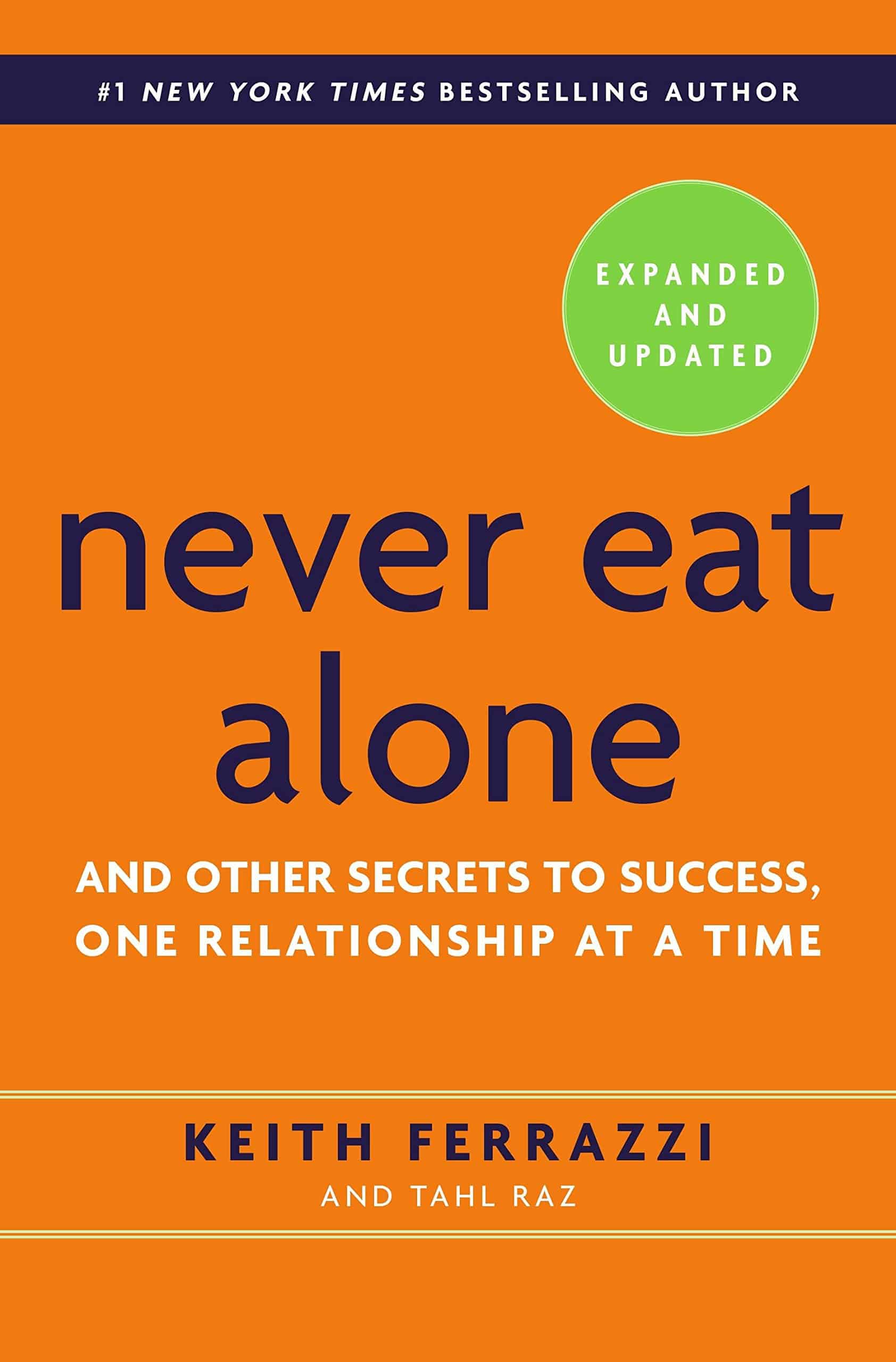
Never Eat Alone is one of my favorite books. Author Keith Ferrazi highlights the importance of cultivating mutually beneficial relationships and makes a strong case for how those relationships can propel one to extraordinary success. For someone like me, who is part introvert and part extrovert, the book is a reminder to be intentional in building relationships. It is easy to rely on the people with whom I already have a relationship but expanding one’s circle is not only a good idea, it’s essential to career and professional growth. What I love most about the book, is Ferrazi not only tells you what to do, he walks readers through “how to do it.” There are several practical tips for cultivating relationships and powerful anecdotes on how doing so can change one’s life.
Get the book here!
2. On Becoming Fearless
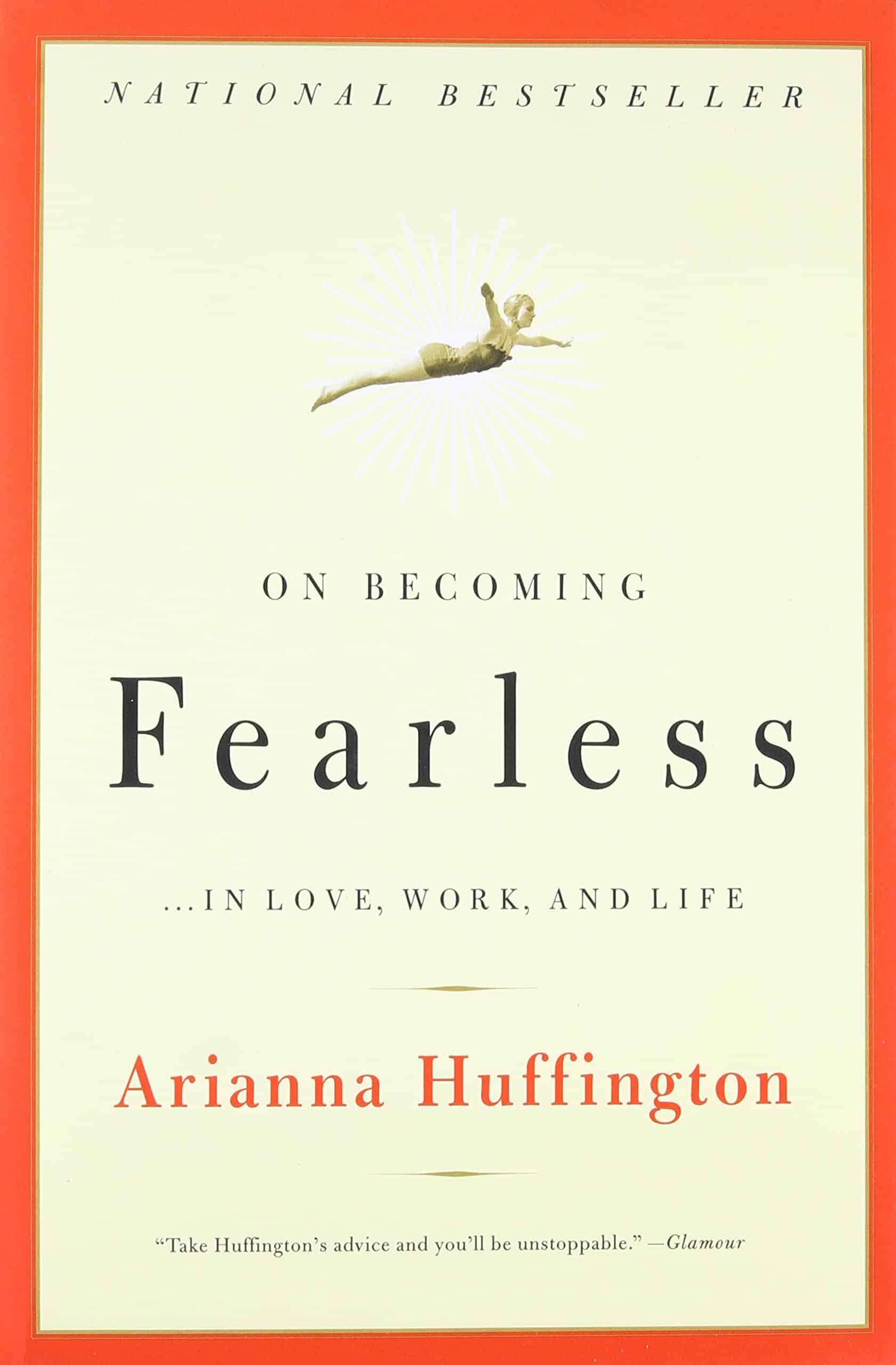
Ariana Huffington’s “On Becoming Fearless” was also transformative. She covers everything from becoming fearless in the workplace to passionately pursuing one’s personal calling. The truth is fear is a common reality for many of our lives. We allow fear to keep us from reaching for our dreams, keep us from speaking our truth, or remain in unhealthy situations. Drawing from her own experiences, Huffington walks readers through strategies for confronting and overcoming fear.
Get the book here!
3. Extraordinary PR, Ordinary Budget: A Strategy Guide
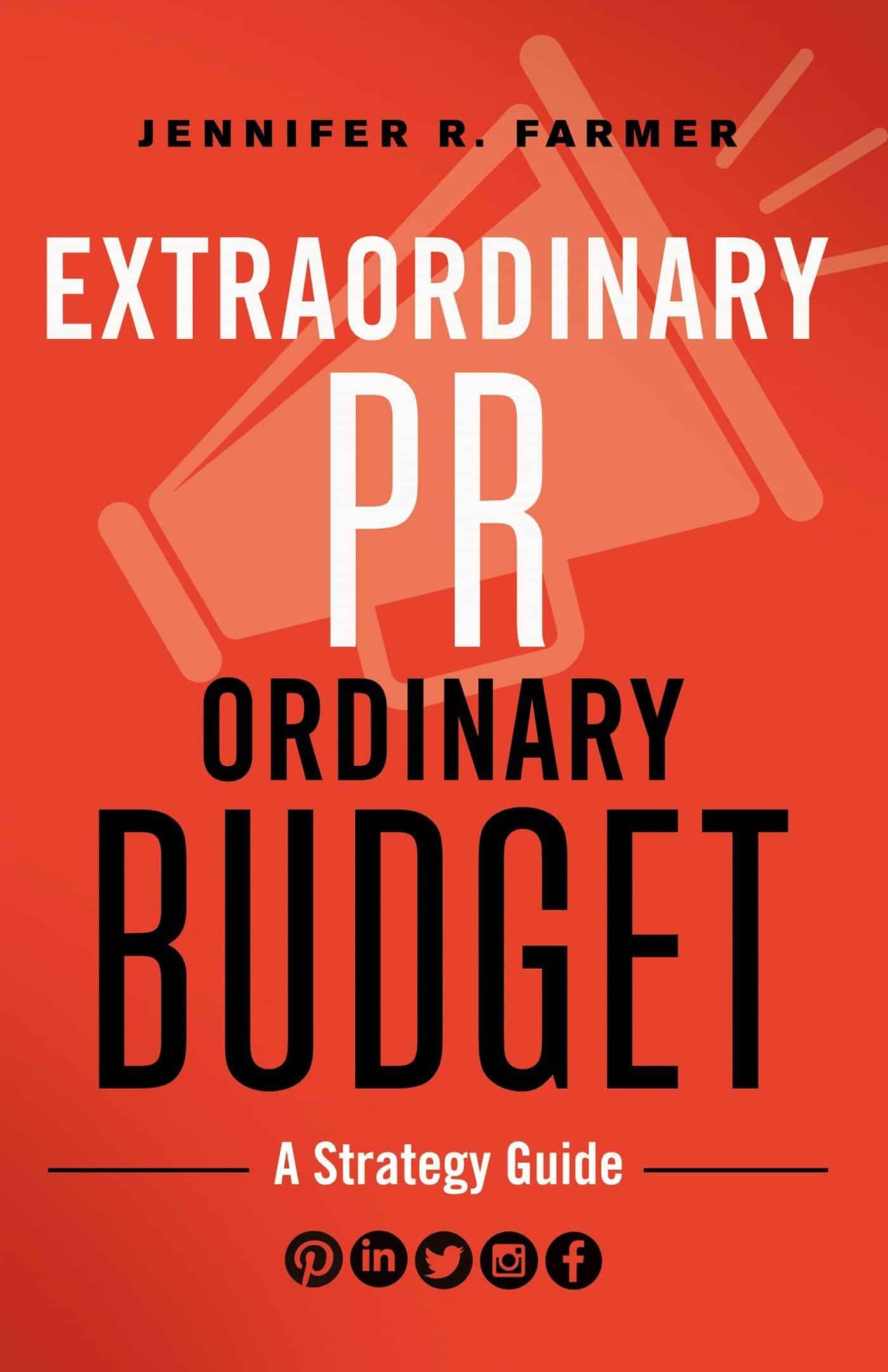
If you are interested in learning strategies for promoting your work and ideas, my own book is an excellent resource. The book highlights case studies from actual social justice campaigns and the strategies me and my team used to place important issues on reporters’ radars. The book also focuses on how to cultivate relationships with reporters, who can have an outsize impact on how the world, including your audience, views you and your work.
Get the book here!
4. How to Win Friends and Influence People

Written in 1936, Dale Carnegie’s “How to Win Friends and Influence People” is a timeless treasure. It is one of the best selling books ever. The book focuses on strategies for creating and maintaining powerful relationships. This is key because your success is directly tied to the relationships you cultivate and the power of those relationships. He discusses principles such as appealing to what is in your colleague’s interest rather than focusing narrowly on your own self-interest, the importance of memorizing the names of others, and the lost art of listening. Carnegie focuses on the power of being genuinely interested in other people, which is critical. The book is a reminder that people will accept your advice, act on your recommendations if they like you and IF they believe you like them. They will not follow you based solely on your leadership position or your rank in an organization. There are so many communications gems in this book, that it deserves an article unto itself. Suffice it to say, this is a book you should buy yesterday. It is seriously that good.
Get the book here!
5. Words that Work
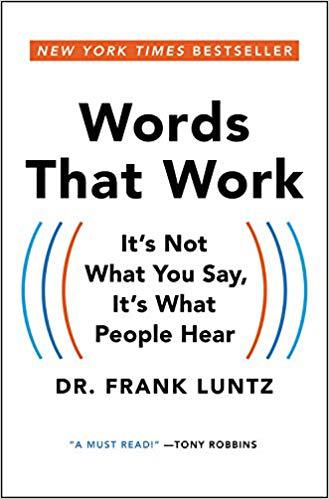
Frank Luntz’s “Words that Work” is the last book I’ve read on communications. It is juicy. Luntz brilliantly describes that people hear what you say through the lens of their own experience. Communication is less about what you say, and more about what people hear. It is therefore important to focus on what people are likely to hear to sidestep saying the wrong thing or having your message misconstrued. This is why certain words are deeply triggering for certain communities. Once you use triggering or loaded words, nothing else you say matters. Your audience will get stuck and miss your entire message. Again, this book is a must read for all people who value communications and whose job depends on communicating well.
Get the book here!
6. Crucial Conversations
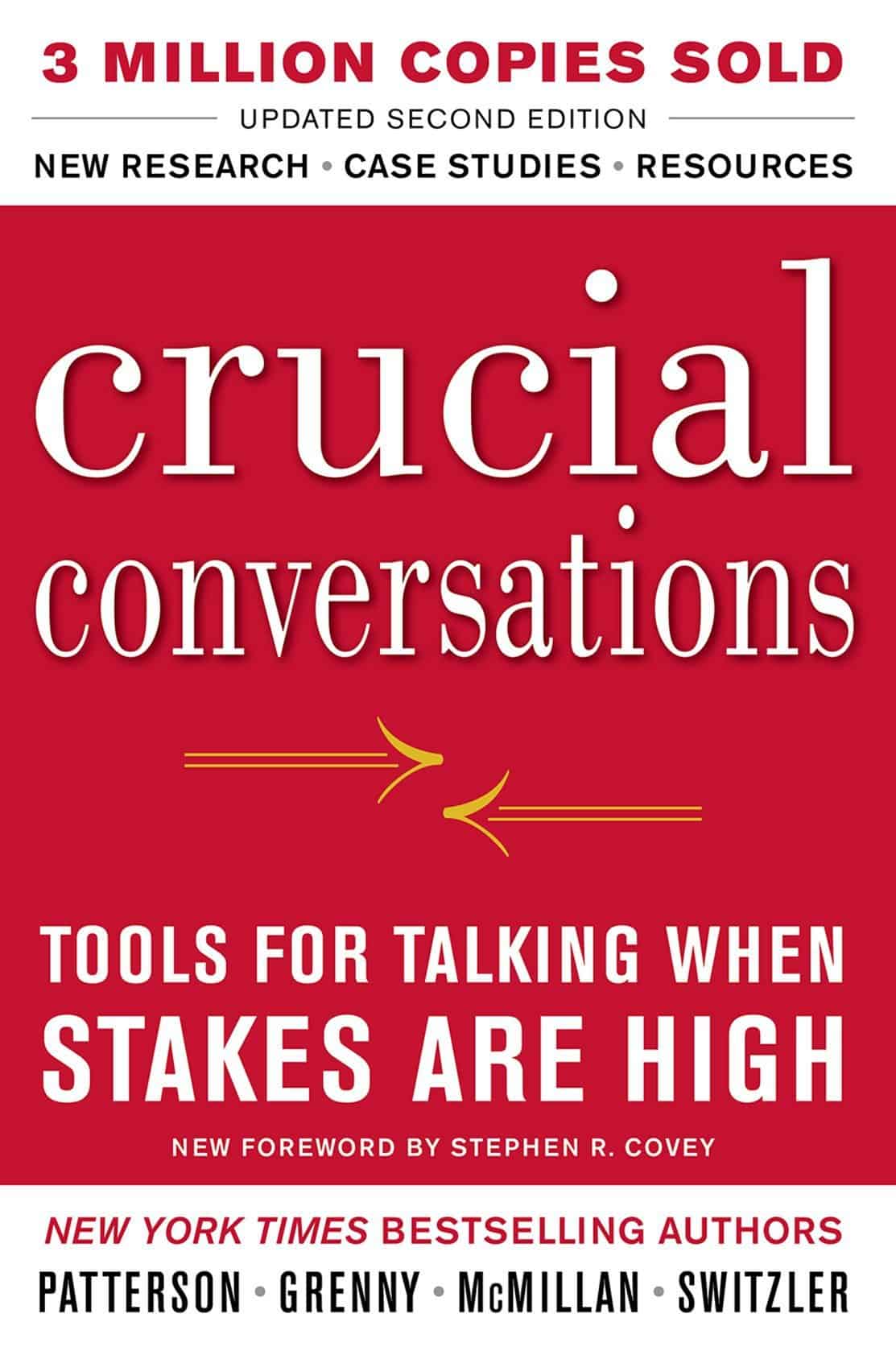
I am learning that we live in a society where telling the truth, especially unsolicited truth, is not always welcome. In fact, it takes tremendous courage to be direct and tell the truth. In my profession, I routinely am asked to give feedback when people I work with have media interviews. A person’s ability to improve, with the media or otherwise, is directly correlated to the coaching and feedback they receive, but that doesn’t necessarily make telling the truth easier. When commentators, reporters or even political leaders tell the truth as they see it, they sometimes face harsh criticism. However, no relationship works without each party having the freedom and the space to tell the truth in love. “Crucial Conversations” is a road map to having difficult but necessary conversations in the workplace and at home. If you are seeking to improve your social skills or communicate unpleasant information, “Crucial Conversations” is a must-read. The fact is most of us are coached not to tell the truth, so training in this area is beneficial.
Get the book here!
7. Leadership Presence
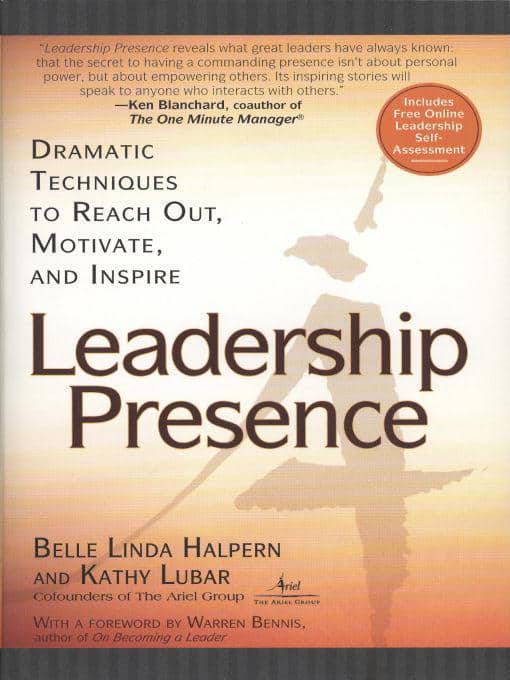
“Leadership Presence” by Belle Linda Halpern and Kathy Lubar is a gem. I was introduced to this book during an executive coaching session 10 years ago. I was struggling with how to develop gravitas and how to communicate while having force of presence. This was one of the books my coach, Sheryl Phillips, recommended. What I appreciated most about this book is the importance of nonverbals in communication and the strategies it offers to develop leadership presence.
Get the book here!
Books on Communicating at Home
8. The Power of Now
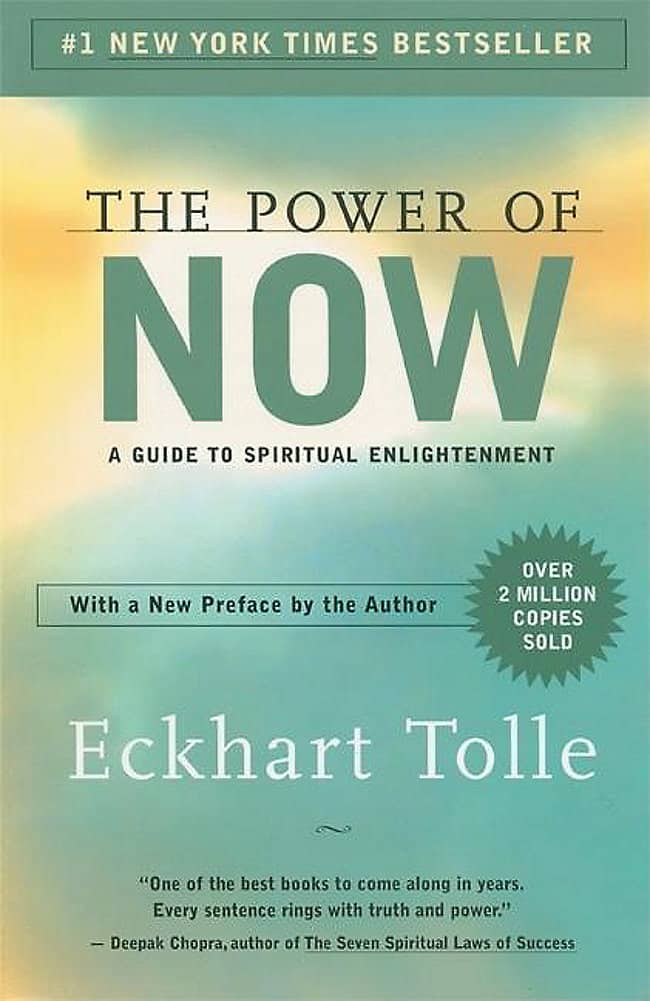
Eckart Tolle’s "The Power of Now" was transformative. He outlines how to remain present with one’s thoughts and present situations. There have been many times when I have reacted to things that happened in the past or things that could possibly happen in the future. Such ruminations are a major contributor to internal suffering. They also inhibit us from being fully present in the lives of our family and friends. For this reason, I strongly recommend the age-old and evergreen, The Power of Now.
Get the book here!
9. Five Love Languages
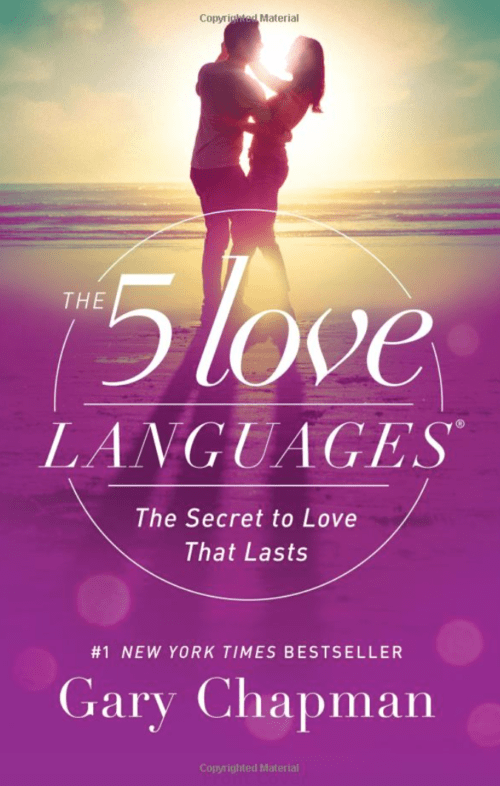
We are all created in the image of God. We express our love and God’s image differently. In Gary Chapman’s “The Five Love Languages,” Chapman explores the importance of understanding not only our own love language, but our family and friends’ love language as well. The book identifies the five love languages as “words of affirmation,” “acts of service,” “receiving gifts,” “quality time,” and “physical touch.” For instance, my love language is two-fold, “quality time” and “acts of service.” If a person wants to communicate their love for me, they should both spend time with me and perform acts of service. My sister on the other hand values time. She is giddy when I invest time with her and her family. When I have attempted to offer gifts in lieu of time, our relationship suffered. The best way for me to express love to her is to offer uninterrupted time. That means time when I am not doing other things such as playing on my cell phone, working or otherwise being physically present but mentally occupied. You cannot have a healthy relationship at work or home without understanding what the people around you need to feel valued and respected. For this reason, I strongly recommend The Five Love Languages.
Get the book here!
10. Boundaries
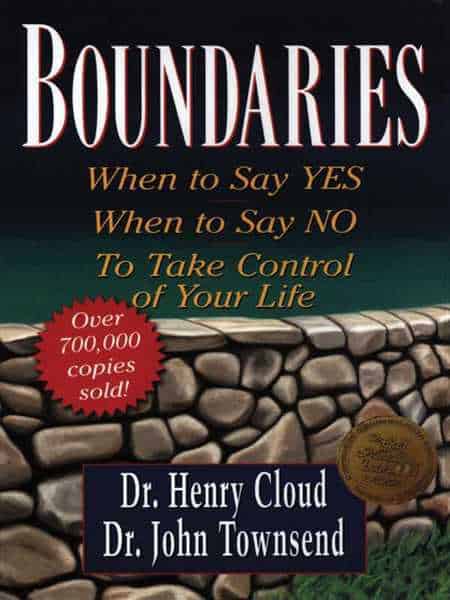
Dr. Henry Cloud’s “Boundaries” is a timeless relationship book. It is essential because boundaries inform people how they should and should not behave in your life. For persons who have suffered childhood abuse, it can be difficult to establish or know when one’s boundaries have been violated. However, you cannot have a healthy relationship without creating guardrails that keep you safe and inform people how they can show up in your life. Often, anger is an indication that a boundary has been violated. When I have peeled back the onion, I sometimes realize that I was not clear with boundaries.
Get the book here!
11. The Four Agreements
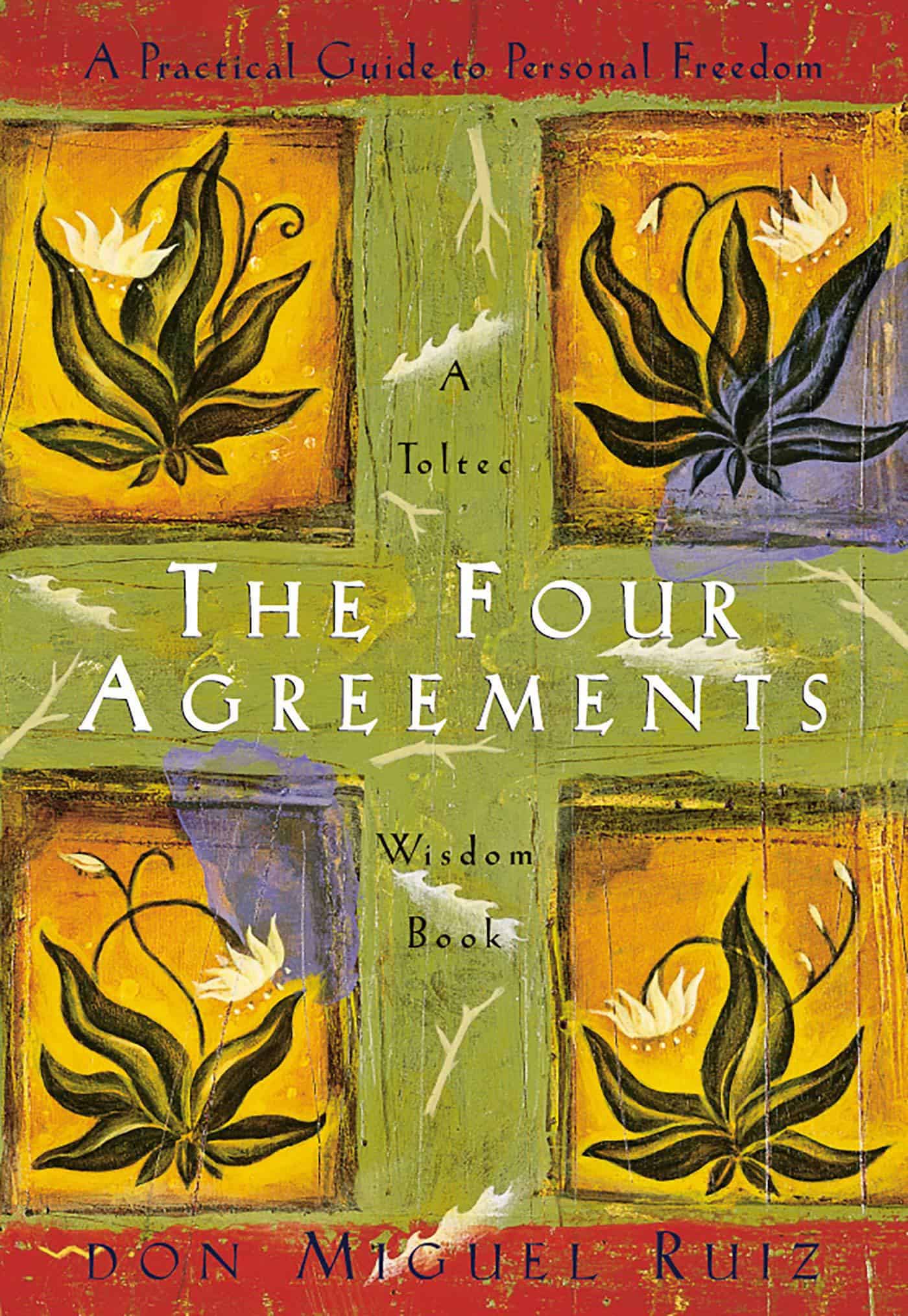
Don Miguel Ruiz’s “The Four Agreements” is a must-read for everyone seeking enlightenment and restoration in relationships. It is also essential for persons seeking to end personal suffering caused by endless rumination. In sum, the four agreements, are to 1. Take nothing personally, 2. be impeccable with your word, 3. don't make assumptions and 4. always do your best. In addition to the book, the teachings are also available in a compact card deck which offers daily reflections.
Get the book here!
Books on Written Communication
12. On Writing
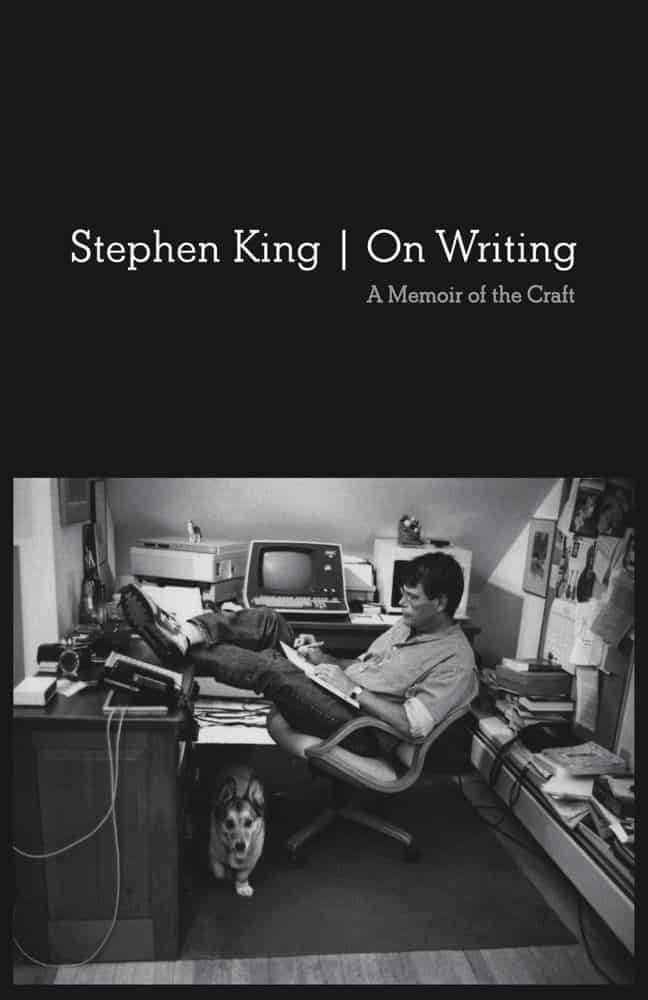
Since I’m a professional communicator, I don’t think it’s possible to write an article on communications and social skills without discussing writing. Regardless of what you do, or who you are, at some point you will need to put ideas and thoughts to paper. From standard office correspondence, to long-form essays, to business documents, and reports, you are bound to write. One of the most inspiring and helpful books on writing I’ve ever read is Stephen King’s “On Writing.” He covers everything from the mechanics of writing to his personal journey with the written word. The book is humorous, easy to digest and inspiring.
Get the book here!
13. Wounds of Passion: A Writing Life
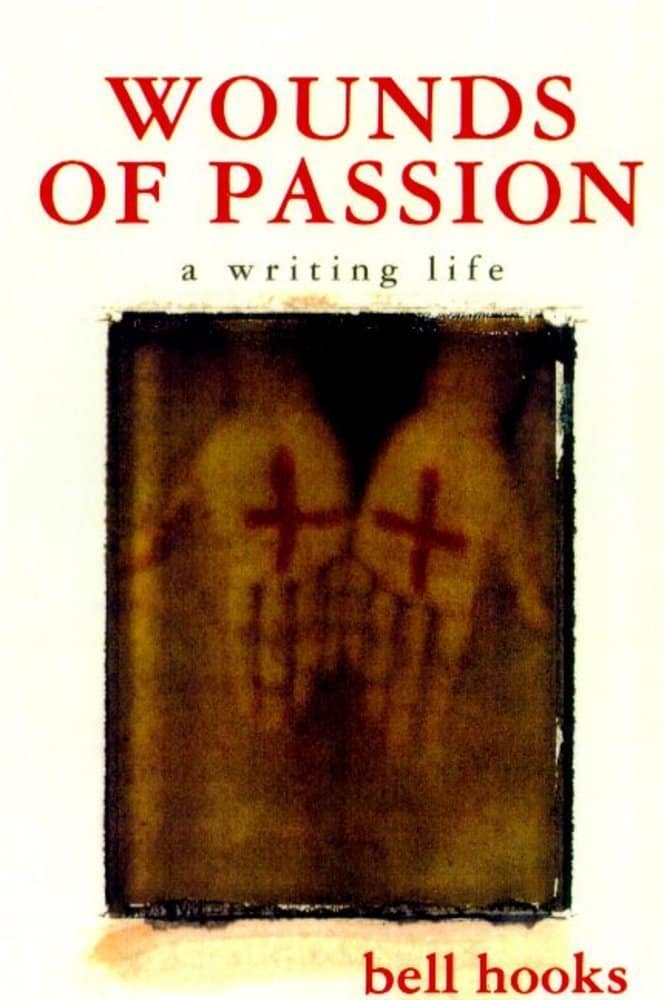
Bell Hooks is one of the most prolific writers of all times. Like Stephen King, she produces full manuscripts the way many of us communicate via text message – nonstop. “Wounds of Passion: The Writing Life” focuses on hooks’s early career as a writer and the process she followed to produce some of her earliest works. Like King’s “On Writing,” Hooks’ book is somewhat autobiographical as it provides insight into her journey and, well, writing life. She documents the trials she experienced, including an abusive relationship, while she was discovering herself as a writer. If you are serious about effective communications, and need help demystifying the process, these books are required reading.
Get the book here! While there are several books on this list, I recommend each of them as necessary for developing better social skills and better relationships.

 Never Eat Alone is one of my favorite books. Author Keith Ferrazi highlights the importance of cultivating mutually beneficial relationships and makes a strong case for how those relationships can propel one to extraordinary success. For someone like me, who is part introvert and part extrovert, the book is a reminder to be intentional in building relationships. It is easy to rely on the people with whom I already have a relationship but expanding one’s circle is not only a good idea, it’s essential to career and professional growth. What I love most about the book, is Ferrazi not only tells you what to do, he walks readers through “how to do it.” There are several practical tips for cultivating relationships and powerful anecdotes on how doing so can change one’s life. Get the book here!
Never Eat Alone is one of my favorite books. Author Keith Ferrazi highlights the importance of cultivating mutually beneficial relationships and makes a strong case for how those relationships can propel one to extraordinary success. For someone like me, who is part introvert and part extrovert, the book is a reminder to be intentional in building relationships. It is easy to rely on the people with whom I already have a relationship but expanding one’s circle is not only a good idea, it’s essential to career and professional growth. What I love most about the book, is Ferrazi not only tells you what to do, he walks readers through “how to do it.” There are several practical tips for cultivating relationships and powerful anecdotes on how doing so can change one’s life. Get the book here!
 Ariana Huffington’s “On Becoming Fearless” was also transformative. She covers everything from becoming fearless in the workplace to passionately pursuing one’s personal calling. The truth is fear is a common reality for many of our lives. We allow fear to keep us from reaching for our dreams, keep us from speaking our truth, or remain in unhealthy situations. Drawing from her own experiences, Huffington walks readers through strategies for confronting and overcoming fear. Get the book here!
Ariana Huffington’s “On Becoming Fearless” was also transformative. She covers everything from becoming fearless in the workplace to passionately pursuing one’s personal calling. The truth is fear is a common reality for many of our lives. We allow fear to keep us from reaching for our dreams, keep us from speaking our truth, or remain in unhealthy situations. Drawing from her own experiences, Huffington walks readers through strategies for confronting and overcoming fear. Get the book here!
 If you are interested in learning strategies for promoting your work and ideas, my own book is an excellent resource. The book highlights case studies from actual social justice campaigns and the strategies me and my team used to place important issues on reporters’ radars. The book also focuses on how to cultivate relationships with reporters, who can have an outsize impact on how the world, including your audience, views you and your work. Get the book here!
If you are interested in learning strategies for promoting your work and ideas, my own book is an excellent resource. The book highlights case studies from actual social justice campaigns and the strategies me and my team used to place important issues on reporters’ radars. The book also focuses on how to cultivate relationships with reporters, who can have an outsize impact on how the world, including your audience, views you and your work. Get the book here!
 Written in 1936, Dale Carnegie’s “How to Win Friends and Influence People” is a timeless treasure. It is one of the best selling books ever. The book focuses on strategies for creating and maintaining powerful relationships. This is key because your success is directly tied to the relationships you cultivate and the power of those relationships. He discusses principles such as appealing to what is in your colleague’s interest rather than focusing narrowly on your own self-interest, the importance of memorizing the names of others, and the lost art of listening. Carnegie focuses on the power of being genuinely interested in other people, which is critical. The book is a reminder that people will accept your advice, act on your recommendations if they like you and IF they believe you like them. They will not follow you based solely on your leadership position or your rank in an organization. There are so many communications gems in this book, that it deserves an article unto itself. Suffice it to say, this is a book you should buy yesterday. It is seriously that good. Get the book here!
Written in 1936, Dale Carnegie’s “How to Win Friends and Influence People” is a timeless treasure. It is one of the best selling books ever. The book focuses on strategies for creating and maintaining powerful relationships. This is key because your success is directly tied to the relationships you cultivate and the power of those relationships. He discusses principles such as appealing to what is in your colleague’s interest rather than focusing narrowly on your own self-interest, the importance of memorizing the names of others, and the lost art of listening. Carnegie focuses on the power of being genuinely interested in other people, which is critical. The book is a reminder that people will accept your advice, act on your recommendations if they like you and IF they believe you like them. They will not follow you based solely on your leadership position or your rank in an organization. There are so many communications gems in this book, that it deserves an article unto itself. Suffice it to say, this is a book you should buy yesterday. It is seriously that good. Get the book here!
 Frank Luntz’s “Words that Work” is the last book I’ve read on communications. It is juicy. Luntz brilliantly describes that people hear what you say through the lens of their own experience. Communication is less about what you say, and more about what people hear. It is therefore important to focus on what people are likely to hear to sidestep saying the wrong thing or having your message misconstrued. This is why certain words are deeply triggering for certain communities. Once you use triggering or loaded words, nothing else you say matters. Your audience will get stuck and miss your entire message. Again, this book is a must read for all people who value communications and whose job depends on communicating well. Get the book here!
Frank Luntz’s “Words that Work” is the last book I’ve read on communications. It is juicy. Luntz brilliantly describes that people hear what you say through the lens of their own experience. Communication is less about what you say, and more about what people hear. It is therefore important to focus on what people are likely to hear to sidestep saying the wrong thing or having your message misconstrued. This is why certain words are deeply triggering for certain communities. Once you use triggering or loaded words, nothing else you say matters. Your audience will get stuck and miss your entire message. Again, this book is a must read for all people who value communications and whose job depends on communicating well. Get the book here!
 I am learning that we live in a society where telling the truth, especially unsolicited truth, is not always welcome. In fact, it takes tremendous courage to be direct and tell the truth. In my profession, I routinely am asked to give feedback when people I work with have media interviews. A person’s ability to improve, with the media or otherwise, is directly correlated to the coaching and feedback they receive, but that doesn’t necessarily make telling the truth easier. When commentators, reporters or even political leaders tell the truth as they see it, they sometimes face harsh criticism. However, no relationship works without each party having the freedom and the space to tell the truth in love. “Crucial Conversations” is a road map to having difficult but necessary conversations in the workplace and at home. If you are seeking to improve your social skills or communicate unpleasant information, “Crucial Conversations” is a must-read. The fact is most of us are coached not to tell the truth, so training in this area is beneficial. Get the book here!
I am learning that we live in a society where telling the truth, especially unsolicited truth, is not always welcome. In fact, it takes tremendous courage to be direct and tell the truth. In my profession, I routinely am asked to give feedback when people I work with have media interviews. A person’s ability to improve, with the media or otherwise, is directly correlated to the coaching and feedback they receive, but that doesn’t necessarily make telling the truth easier. When commentators, reporters or even political leaders tell the truth as they see it, they sometimes face harsh criticism. However, no relationship works without each party having the freedom and the space to tell the truth in love. “Crucial Conversations” is a road map to having difficult but necessary conversations in the workplace and at home. If you are seeking to improve your social skills or communicate unpleasant information, “Crucial Conversations” is a must-read. The fact is most of us are coached not to tell the truth, so training in this area is beneficial. Get the book here!
 “Leadership Presence” by Belle Linda Halpern and Kathy Lubar is a gem. I was introduced to this book during an executive coaching session 10 years ago. I was struggling with how to develop gravitas and how to communicate while having force of presence. This was one of the books my coach, Sheryl Phillips, recommended. What I appreciated most about this book is the importance of nonverbals in communication and the strategies it offers to develop leadership presence. Get the book here!
“Leadership Presence” by Belle Linda Halpern and Kathy Lubar is a gem. I was introduced to this book during an executive coaching session 10 years ago. I was struggling with how to develop gravitas and how to communicate while having force of presence. This was one of the books my coach, Sheryl Phillips, recommended. What I appreciated most about this book is the importance of nonverbals in communication and the strategies it offers to develop leadership presence. Get the book here!
 Eckart Tolle’s "The Power of Now" was transformative. He outlines how to remain present with one’s thoughts and present situations. There have been many times when I have reacted to things that happened in the past or things that could possibly happen in the future. Such ruminations are a major contributor to internal suffering. They also inhibit us from being fully present in the lives of our family and friends. For this reason, I strongly recommend the age-old and evergreen, The Power of Now. Get the book here!
Eckart Tolle’s "The Power of Now" was transformative. He outlines how to remain present with one’s thoughts and present situations. There have been many times when I have reacted to things that happened in the past or things that could possibly happen in the future. Such ruminations are a major contributor to internal suffering. They also inhibit us from being fully present in the lives of our family and friends. For this reason, I strongly recommend the age-old and evergreen, The Power of Now. Get the book here!
 We are all created in the image of God. We express our love and God’s image differently. In Gary Chapman’s “The Five Love Languages,” Chapman explores the importance of understanding not only our own love language, but our family and friends’ love language as well. The book identifies the five love languages as “words of affirmation,” “acts of service,” “receiving gifts,” “quality time,” and “physical touch.” For instance, my love language is two-fold, “quality time” and “acts of service.” If a person wants to communicate their love for me, they should both spend time with me and perform acts of service. My sister on the other hand values time. She is giddy when I invest time with her and her family. When I have attempted to offer gifts in lieu of time, our relationship suffered. The best way for me to express love to her is to offer uninterrupted time. That means time when I am not doing other things such as playing on my cell phone, working or otherwise being physically present but mentally occupied. You cannot have a healthy relationship at work or home without understanding what the people around you need to feel valued and respected. For this reason, I strongly recommend The Five Love Languages. Get the book here!
We are all created in the image of God. We express our love and God’s image differently. In Gary Chapman’s “The Five Love Languages,” Chapman explores the importance of understanding not only our own love language, but our family and friends’ love language as well. The book identifies the five love languages as “words of affirmation,” “acts of service,” “receiving gifts,” “quality time,” and “physical touch.” For instance, my love language is two-fold, “quality time” and “acts of service.” If a person wants to communicate their love for me, they should both spend time with me and perform acts of service. My sister on the other hand values time. She is giddy when I invest time with her and her family. When I have attempted to offer gifts in lieu of time, our relationship suffered. The best way for me to express love to her is to offer uninterrupted time. That means time when I am not doing other things such as playing on my cell phone, working or otherwise being physically present but mentally occupied. You cannot have a healthy relationship at work or home without understanding what the people around you need to feel valued and respected. For this reason, I strongly recommend The Five Love Languages. Get the book here!
 Dr. Henry Cloud’s “Boundaries” is a timeless relationship book. It is essential because boundaries inform people how they should and should not behave in your life. For persons who have suffered childhood abuse, it can be difficult to establish or know when one’s boundaries have been violated. However, you cannot have a healthy relationship without creating guardrails that keep you safe and inform people how they can show up in your life. Often, anger is an indication that a boundary has been violated. When I have peeled back the onion, I sometimes realize that I was not clear with boundaries. Get the book here!
Dr. Henry Cloud’s “Boundaries” is a timeless relationship book. It is essential because boundaries inform people how they should and should not behave in your life. For persons who have suffered childhood abuse, it can be difficult to establish or know when one’s boundaries have been violated. However, you cannot have a healthy relationship without creating guardrails that keep you safe and inform people how they can show up in your life. Often, anger is an indication that a boundary has been violated. When I have peeled back the onion, I sometimes realize that I was not clear with boundaries. Get the book here!
 Don Miguel Ruiz’s “The Four Agreements” is a must-read for everyone seeking enlightenment and restoration in relationships. It is also essential for persons seeking to end personal suffering caused by endless rumination. In sum, the four agreements, are to 1. Take nothing personally, 2. be impeccable with your word, 3. don't make assumptions and 4. always do your best. In addition to the book, the teachings are also available in a compact card deck which offers daily reflections. Get the book here!
Don Miguel Ruiz’s “The Four Agreements” is a must-read for everyone seeking enlightenment and restoration in relationships. It is also essential for persons seeking to end personal suffering caused by endless rumination. In sum, the four agreements, are to 1. Take nothing personally, 2. be impeccable with your word, 3. don't make assumptions and 4. always do your best. In addition to the book, the teachings are also available in a compact card deck which offers daily reflections. Get the book here!
 Since I’m a professional communicator, I don’t think it’s possible to write an article on communications and social skills without discussing writing. Regardless of what you do, or who you are, at some point you will need to put ideas and thoughts to paper. From standard office correspondence, to long-form essays, to business documents, and reports, you are bound to write. One of the most inspiring and helpful books on writing I’ve ever read is Stephen King’s “On Writing.” He covers everything from the mechanics of writing to his personal journey with the written word. The book is humorous, easy to digest and inspiring. Get the book here!
Since I’m a professional communicator, I don’t think it’s possible to write an article on communications and social skills without discussing writing. Regardless of what you do, or who you are, at some point you will need to put ideas and thoughts to paper. From standard office correspondence, to long-form essays, to business documents, and reports, you are bound to write. One of the most inspiring and helpful books on writing I’ve ever read is Stephen King’s “On Writing.” He covers everything from the mechanics of writing to his personal journey with the written word. The book is humorous, easy to digest and inspiring. Get the book here!
 Bell Hooks is one of the most prolific writers of all times. Like Stephen King, she produces full manuscripts the way many of us communicate via text message – nonstop. “Wounds of Passion: The Writing Life” focuses on hooks’s early career as a writer and the process she followed to produce some of her earliest works. Like King’s “On Writing,” Hooks’ book is somewhat autobiographical as it provides insight into her journey and, well, writing life. She documents the trials she experienced, including an abusive relationship, while she was discovering herself as a writer. If you are serious about effective communications, and need help demystifying the process, these books are required reading. Get the book here! While there are several books on this list, I recommend each of them as necessary for developing better social skills and better relationships.
Bell Hooks is one of the most prolific writers of all times. Like Stephen King, she produces full manuscripts the way many of us communicate via text message – nonstop. “Wounds of Passion: The Writing Life” focuses on hooks’s early career as a writer and the process she followed to produce some of her earliest works. Like King’s “On Writing,” Hooks’ book is somewhat autobiographical as it provides insight into her journey and, well, writing life. She documents the trials she experienced, including an abusive relationship, while she was discovering herself as a writer. If you are serious about effective communications, and need help demystifying the process, these books are required reading. Get the book here! While there are several books on this list, I recommend each of them as necessary for developing better social skills and better relationships.
No comments:
Post a Comment